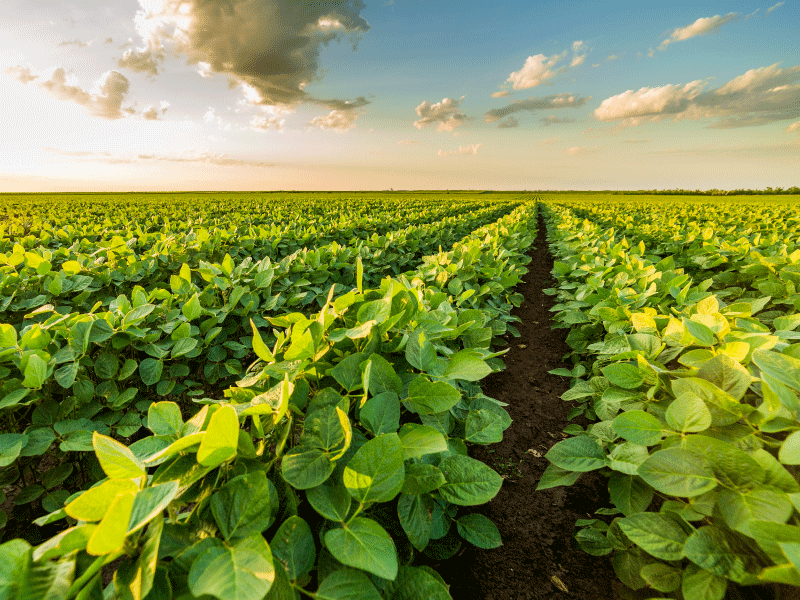How Automation on the Farm Will Demand New Labor Skills
My daughter coined the word “confusling” over the weekend when she thought she could use the word interchangeably with “confusing”. My wife and I had to be the bearer of bad news to remind our 9-year old that confusing is the only adjective needed when you are describing something bewildering using the root word “confuse”.
I did a quick Google search on “confusling” and, naturally, there are several unofficial plays on the word across the web. If confusling became an official word, I think the definition would be a noun adequately describing myself or anyone else overwhelmed these days by the vast choices of ag tools in the farming sector.
The choices of data management systems, IoT, predictive analytics, robotics, and drones seem limitless in the amount of investment in this space. When the computer age hit its peak in the 1990’s, a typical business operation had to make a choice between using a computer running Microsoft Windows or Microsoft Windows. Not the most intuitive system out there, but the Windows system and its extended production tools still keep office productivity running to this day. On the flip side, we don’t use computers for anything else while hundreds of cloud-based apps manage our personal lives through our smartphones.
Today’s on-farm technology investments have favored the cloud app option over the high barrier of entry of inventing new computer modules with native operating systems. As a result, there are hundreds (hundreds!) of new start-ups jamming for space on the farm to help the grower be more productive through big data and smart machinery. I applaud advancement in tech but when you look at this graphic from CB Insights, the picture being painted can get…confusing!
With labor issues usually being the top challenge for growers, trends like urbanization and our ongoing pandemic impact do not make sourcing labor in farmland regions any easier. In response, U.S. legislation is always looking for solutions for better opportunities for workers, H-2A visa reform, and making the overall farm labor process more user-friendly. The Farm Workforce Modernization Act currently parked in the U.S. Senate would cover a lot
of these labor challenges. As a result of lingering legislation, the crowded ag-based investment space is flush with options for labor improvements like in-field robotics, automated tractors, and area monitoring with drones.
“Nearly every company across every industry is looking for new ways to minimize human contact, cut costs and address the labor crunch in repetitive and dangerous jobs,” declares a recent Wall Street Journal video caption on the growing robotics sector. I’ve seen robotic automation increase in the fields and greenhouses of vegetable, fruit, and flower operations across North America and Europe. Whether it is a driverless bin cart in an Ontario
greenhouse or a robotic fruit packing line in California, the robots are here and will move into the other areas of the farming operations at scale and at different levels of ROI.
With so many gadgets to maintain and more on the way, there is another push for access to what is commonly called a “right to repair”. Since repairing equipment is a lucrative business, many gadgets and their manufacturers also provide services like a car dealership with authorized service technicians. But like authorized service centers at the dealership, there are also authorized independent garages to honor warranties and install the proper car parts. With “right to repair” bills being introduced in many U.S. states, I hope new rules and laws will one day benefit both the manufacturer and the farmer’s automated operation. Which leads me back to the topic of labor.
Somewhere between manufacturer technicians and seasonal labor is a niche repair segment that can thrive in the U.S. and beyond. The farm workforce will need to be trained to repair automated farm systems. Already underway is an effort from the founders at Advanced.farm to match the advanced machinery maintenance needs at farm level. The robotics start-up launched the advanced.jobs initiative that pushes their robots to tackle the tough field jobs while encouraging farm workers to learn the required repair skills.
Not to sound like a confusling, but automation through field sensors, robotics, drones, and satellites are complicated, look expensive, and are only going to become more prevalent over the next decade. The advanced tech of today along with tomorrow’s tech will need regular maintenance and repair that should be an avenue of growth for the unskilled farmhand to pursue.






